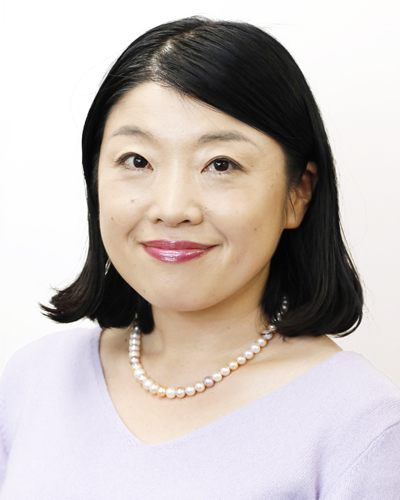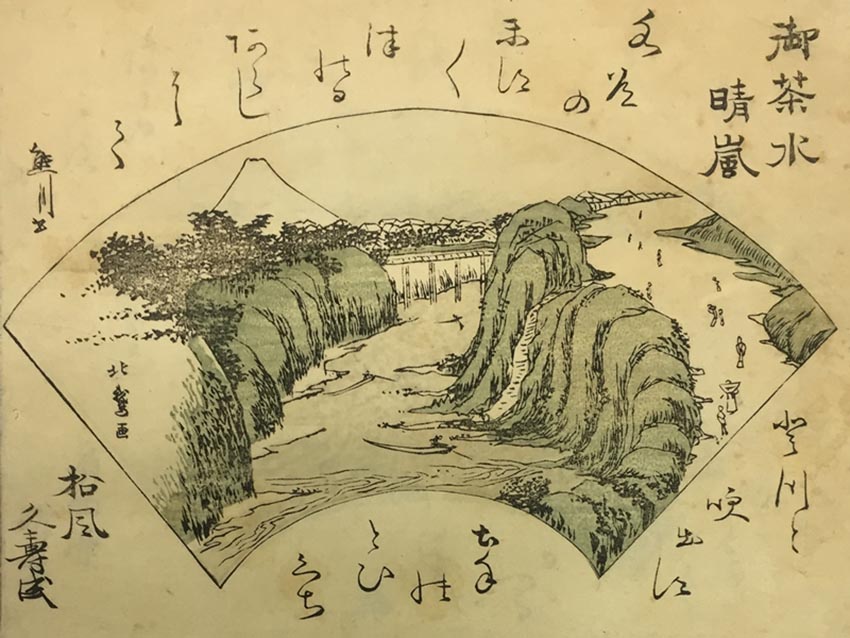TAKAMURA, Masahiko
Professor, Faculty of Engineering and Design, Hosei University
Born in Hokkaido in 1964. Obtained a doctorate in engineering from the Hosei University Graduate School.
Professor in the Department of Architecture, Faculty of Engineering and Design, Hosei University since 2008. Specializes in Asian urban history and architecture history.
Received the Maeda Engineering Award in 1999 and the Society of Architectural Historians of Japan Award in 2000.

KOBAYASHI, Fumiko
Professor, Faculty of Letters, Hosei University
Born in Yamanashi in 1973. Obtained a doctorate in literature from the University of Tokyo Graduate School
Joined Hosei University in 2004 and has been a professor in the Department of Japanese, Faculty of Letters since 2014. Specializes in Japanese early modern literature and ukiyo-e prints.
Received the 29th Japan Classical Literature Society Award in 2004.


Based on the premise of previous research that focused on Edo-Tokyo’s development as a water city, we aim to clarify the characteristics of this city based on its history and to search for hints for a sustainable future from Edo, which was a steady-state society in the early modern period.
Of all the projects being conducted at the Research Center for Edo-Tokyo Studies, ours is responsible for the historical aspects. While we are unraveling the historical facts of how the city’s structure used to be, we will complement it by exploring how the city has been experienced, recognized, remembered and valued in literature and other texts, as well as in paintings and other visual representations.
The purpose of this project is to explore how Edo-Tokyo—which has suffered repeated destruction and rebirth—has developed an identity as a city that is not based on material prosperity, and also how people live there and connect with each other, through methods that include comparisons with other cities in Japan and abroad .
The center has focused on the fact that the city’s identity has been sustained not by monuments such as large structures, but by intangibles, such as topography, place names, and even lifestyles, memories, folklore, stories, customs and manners. We will further develop this concept to reveal the reality of the city.
In particular, we will focus on how nature—such as water and greenery—was treated, used and valued to discover the uniqueness of Edo-Tokyo in this aspect. Based on texts describing common experiences in the city, we can employ methods which make use of knowledge from both the humanities and sciences in compound ways. We can imagine how we might, for example, apply the content of the texts to the urban space and analyze it using scientific methods, while also exploring what the writers valued and found significant from a humanities perspective, and how that discourse then influenced later generations.
Taking into account the research results of both the humanities and sciences accumulated over the years and employing various methods, we will explore the characteristics of Edo-Tokyo that are revealed when these results are integrated.